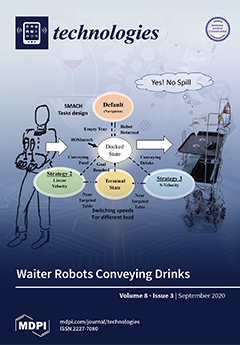Open AccessEditor’s ChoiceArticle
Wire Tool Electrode Behavior and Wear under Discharge Pulses
by
Sergey N. Grigoriev, Marina A. Volosova, Anna A. Okunkova, Sergey V. Fedorov, Khaled Hamdy, Pavel A. Podrabinnik, Petr M. Pivkin, Mikhail P. Kozochkin and Artur N. Porvatov
Cited by 19 | Viewed by 3397
Abstract
This work is devoted to researching the tool electrode behavior and wear under discharge pulses at electrical discharge machining. The experiments were conducted on the workpieces of 12Kh18N10T (AISI 321) chrome-nickel anti-corrosion steel and D16 (AA 2024) duralumin by a 0.25-mm-diameter CuZn35 brass
[...] Read more.
This work is devoted to researching the tool electrode behavior and wear under discharge pulses at electrical discharge machining. The experiments were conducted on the workpieces of 12Kh18N10T (AISI 321) chrome-nickel anti-corrosion steel and D16 (AA 2024) duralumin by a 0.25-mm-diameter CuZn35 brass tool in a deionized water medium. The developed diagnostic and monitoring mean based on acoustic emission registered the oscillations accompanying machining at 4–8 kHz. The obtained workpiece and non-profiled tool surfaces were investigated by optical and scanning electron microscopy. Calculated volumetric and mass removal rates showed the difference in the character of wear at roughing and finishing. It was shown that interaction between material components in anti-corrosion steel machining had an explosive character between Zn of brass and Ni of steel at a micron level and formed multiple craters of 30–100 µm. The secondary structure and topology of worn tool surfaces were caused by material sublimation, chemical interaction between material components at high heat (10,000 °C), explosive deposition of the secondary structure. Acoustic diagnostics adequately registered the character of interaction. The observed phenomena at the submicron level and microstructure of the obtained surfaces provide grounding on the nature of material interactions and electrical erosion wear fundamentals.
Full article
►▼
Show Figures





